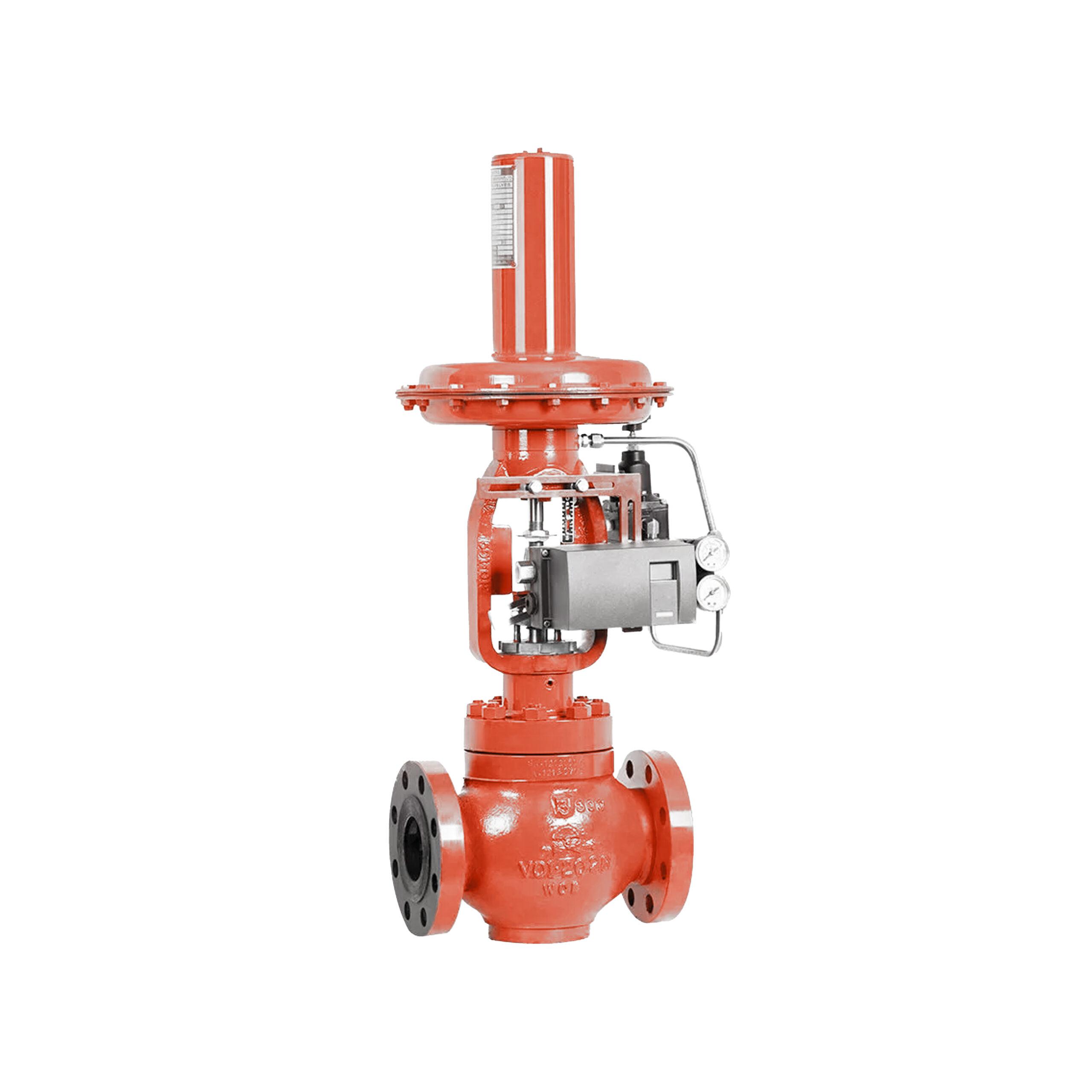Picking the Right Control Valves: A Guide to Optimal System Performance
Picking the Right Control Valves: A Guide to Optimal System Performance
Blog Article

Maximize Energy Financial Savings and Convenience With Advanced Building Automation Controls
In the world of contemporary style and center management, the assimilation of advanced building automation controls stands as a critical advancement. By harnessing the power of automation, buildings can adapt, react, and advance in methods that were when inconceivable.
Energy Effectiveness Conveniences
Energy efficiency benefits can significantly reduce power usage and functional prices in structures. By implementing energy-efficient techniques and modern technologies, structure owners and drivers can attain significant cost savings while also contributing to ecological sustainability. Among the key benefits of improving power effectiveness in structures is the decrease of energy expenses. Energy-efficient systems, such as sophisticated structure automation controls, can optimize the usage of sources like lighting, cooling, and heating, leading to reduced power expenditures gradually.
Additionally, boosted power efficiency can extend the life expectancy of structure devices and systems. By operating more successfully, HVAC systems, lighting fixture, and various other building elements experience less wear and tear, leading to minimized upkeep and replacement costs. Additionally, energy-efficient structures often regulate greater residential property worths and rental rates, supplying long-term monetary benefits to owners.
In addition, energy performance can boost owner comfort and efficiency. Properly controlled indoor settings with ideal illumination and thermal conditions create an even more favorable and enjoyable work area, leading to enhanced staff member satisfaction and efficiency. Overall, the power efficiency benefits associated with innovative structure automation controls are multifaceted, including price savings, environmental stewardship, and passenger health.
Enhanced Comfort Control
Enhancing convenience control in structure environments requires an advanced combination of innovative automation systems for optimum resident wellness. By using innovative structure automation controls, facilities can customize the interior setting to meet the specific demands and choices of occupants. These systems allow specific law of lights, air flow, and temperature level, developing a comfy and efficient ambience. Occupant complete satisfaction and efficiency are carefully linked to thermal comfort, making it crucial to have systems in position that can adjust to altering conditions in real-time.
By incorporating these sophisticated controls, structures can not only boost comfort yet also boost energy effectiveness by enhancing system procedures based on real occupancy and use patterns. Eventually, focusing on occupant comfort via advanced automation systems leads to a much more pleasurable and much healthier interior environment.
Functional Effectiveness Improvements

In addition, the application of real-time surveillance and analytics tools enables structure drivers to identify power inefficiencies and operational abnormalities promptly. By constantly checking energy usage patterns and system visit site performance metrics, adjustments can be made in real-time to enhance power consumption and make sure peak functional performance. control valves. Additionally, including need response methods right into structure automation controls can even more improve functional performance by dynamically adjusting energy usage based upon grid problems and rates signals
Indoor Environment Optimization
Efficient indoor environment optimization is a basic element of structure automation controls, making certain occupants' convenience and well-being while making best use of energy savings. By using sophisticated sensing units and controls, constructing automation systems can continually monitor and change temperature level, moisture degrees, air top quality, and air flow to create an optimal indoor environment. Maintaining comfortable and consistent problems not just boosts owner satisfaction but also enhances performance and total wellness.
Interior environment optimization also plays an important role in power effectiveness. By fine-tuning air flow, cooling, and home heating systems based on real-time information and occupancy patterns, constructing automation controls can considerably minimize energy intake - control valves. Implementing strategies such as demand-controlled air flow and thermal zoning can help reduce power waste while ensuring that each location of the building obtains the required conditioning.

Sustainable Setting Development
Structure automation regulates not just optimize indoor environment conditions for energy efficiency and resident convenience but also lay the foundation for producing a sustainable atmosphere with tactical monitoring of systems and sources. By integrating sophisticated structure automation modern technologies, such as sensors, actuators, and intelligent software, facilities can monitor and adjust energy usage in real-time to decrease waste and lower their carbon footprint. These systems make it my blog possible for predictive upkeep, determining possible concerns prior to they intensify and optimizing devices performance to improve long life and performance.
In addition, lasting atmosphere creation prolongs beyond energy administration to include water conservation, waste decrease, and indoor air high quality improvement. Building automation controls can manage water use, discover leaks, and make certain correct waste disposal practices, contributing to general sustainability efforts. Furthermore, by managing and keeping track of air flow and filtration systems, these technologies enhance passenger wellness and performance while lowering power intake related to HVAC operations.
Conclusion
Finally, progressed structure automation controls offer substantial advantages in regards to power cost savings, comfort control, functional performance, indoor climate optimization, and developing a sustainable setting. By executing these controls, structures can attain ideal efficiency while lowering energy consumption and improving passenger comfort. It appears that the use of innovative automation innovation is critical in enhancing structure performance and developing an extra lasting future.
Power efficiency advantages can substantially lower power consumption and operational expenses in structures. Generally, the power effectiveness benefits connected with advanced building automation controls are diverse, including price savings, environmental stewardship, and resident health.
In addition, including demand action approaches into building automation controls can even more enhance functional performance by dynamically changing energy usage based on grid conditions and pricing signals.
Building automation manages not just enhance indoor climate problems for power efficiency and resident convenience but also lay the structure for creating a sustainable environment via calculated monitoring of resources and systems.In conclusion, progressed building automation regulates deal significant advantages in terms of energy savings, comfort control, operational performance, indoor climate optimization, and producing a lasting environment.
Report this page